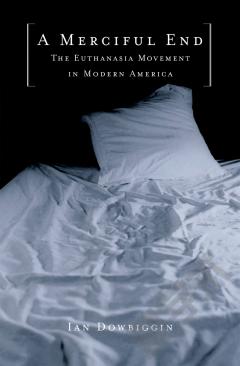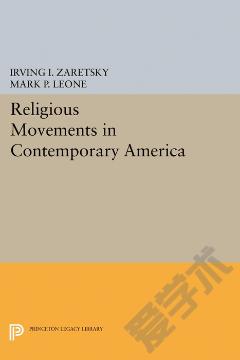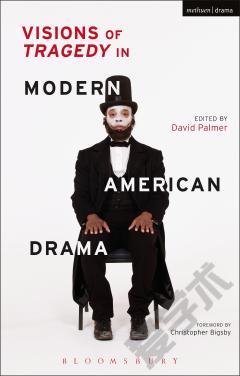A Merciful End —— The Euthanasia Movement in Modern America
----- 一个仁慈的结局:现代美国的安乐死运动.
A Merciful End: The Euthanasia Movement in Modern America By Ian Dowbiggin (Oxford: Oxford University Press, 2003) (250 pages; $28.00 cloth) For any nurse who has pondered the dilemmas of end-of-life issues, this book by Ian Dowbiggin adds an historical and timely look at euthanasia, assisted suicide, eugenics, and the right-to-die movement. Although others have examined euthanasia, including Roger S. Magnusson in Angek of Death, who described health-care workers' illicit practices,1 Dowbiggin's book includes more than current-day practice. It is a thorough and thoughtful analysis of the philosophical, cultural, and social underpinnings of America's desire to reduce human suffering from the latter part of the 19th century to the present day. The author adeptly weaves a chronological account of these highly complex issues with personal stories of the historical participants and contextual events. His source material is rich and deep and includes archival records from the Euthanasia Society of America and personal interviews. Darwinism, Christianity, and the Progressive Era were the major influences on the early euthanasia movement in America. The emergence of eugenics as a response to the chaos of the sociopolitical environment at the turn of the century is well documented, as is the tension between traditional views of right and wrong when perceived through the eyes of religion and compared with the emerging knowledge of science. The author contends that there has been a longstanding connection between eugenics and euthanasia. Eugenics was a form a social planning described by Francis Gallon, Darwin's cousin, as a "method of improving stock" (p. 15). In the early part of the 20th century, it swept through numerous countries, and legislation passed that restricted marriage, curbed immigration, and permitted coercive sterilization of the handicapped. It was especially popular in America until the eugenic policies in Nazi Germany became known. When views of physicians and faith in the ability of medical science diminish in terms of their effectiveness in healing or curing disease, the public interest in euthanasia rises. Although there have been several notorious physicians who have promulgated mercy killing, the American medical community has never openly supported it. The author notes several examples of physicians throughout history who have become celebrities for euthanasia. Dowbiggin suggests that there is a strong relationship between interest and support for euthanasia and social and cultural influences. For example, prior to World War II, mercy killing of physically and mentally deformed infants was supported by 45 percent of Americans. In 1938, the Euthanasia Society of America was founded. Efforts by supporters to legalize euthanasia may have been successful were it not for the response to Nazi atrocities during the war, especially those directed against disadvantaged members of society such as the mentally ill, disabled, and mentally handicapped. â¦
{{comment.content}}








 京公网安备 11010802027623号
京公网安备 11010802027623号